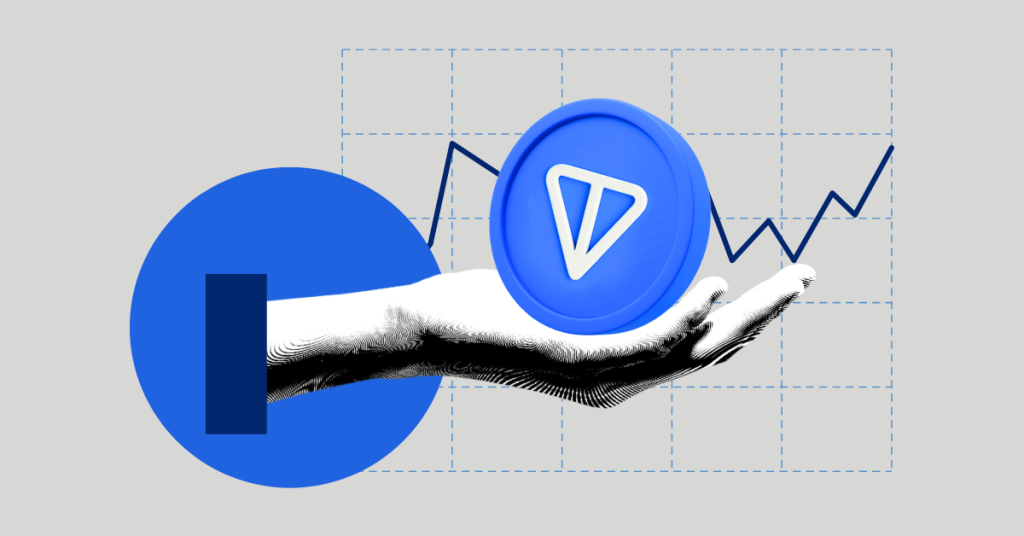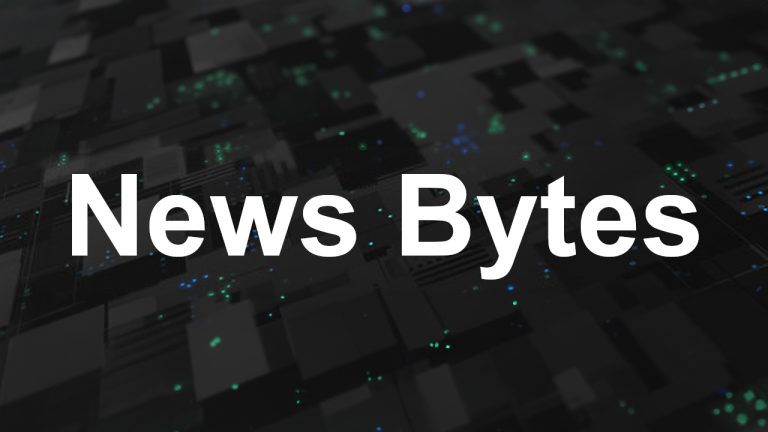Bitcoin Runes Momentum Slows Down After Surge
Bitcoin's new Runes protocol, launched alongside the recent Bitcoin halving on April 19, initially gained significant attention and activity. The protocol's introduction led to record transaction fees for Bitcoin miners, with investors contributing over $135 million in fees within the first week. However, subsequent data shows a decline in user engagement and transaction volumes, suggesting a slowdown in the protocol's adoption and usage over time.
What's behind the Bitcoin Runes Slowdown?
According to data from a Dune analytics dashboard focused on Runes, activity on the Runes protocol has significantly declined since its launch. As of May 10, the data reveals a drop to the lowest levels of new mints and new wallet interactions recorded since the protocol's inception. This decline suggests a waning of the initial enthusiasm surrounding the Runes protocol among users.
The decrease in activity has also been accompanied by a decline in the transaction fees generated by the protocol. Although Runes continues to contribute substantially to the daily fees of the Bitcoin blockchain, fetching hundreds of thousands of dollars, it has only surpassed the $1 million mark twice in the past twelve days. This trend hints at a potential stabilization following the initial surge in demand for block space driven by Runes transactions.
The slowdown in Runes protocol activity could have several implications. First, it may indicate a shift in user interest away from the novelty of the protocol towards other platforms or features within the cryptocurrency ecosystem. Second, the decline in transaction fees suggests a moderation in the intense demand for block space initially driven by Runes, which could lead to a more balanced and sustainable fee structure on the Bitcoin blockchain. Lastly, this stabilization phase could offer insights into the long-term viability and adoption trajectory of the Runes protocol, prompting developers and users to reassess its role and potential within the broader cryptocurrency landscape.
What does the future hold?
Despite the overall slowdown, the market valuation of several Rune collections remains high, with some reaching market capitalizations in the hundreds of millions of dollars, according to data from Magic Eden. This sustained interest in specific Rune assets indicates that although protocol activity has declined, there exists a strong niche market for certain collections.
Casey Rodarmor, the developer behind Bitcoin Ordinals prior to this project, hinted at future innovations by unveiling an audioreactive generative art project at an Ordinals event in Hong Kong.
Runes represents a significant technological advancement by enabling different token standards on the Bitcoin blockchain using the UTXO model and the OP_RETURN opcode. This approach offers a more efficient tokenization solution compared to the older BRC20 standard, particularly in facilitating memecoin trading.
Notably, Bitcoin recently celebrated a milestone with its one billionth transaction, highlighting the enduring appeal and utility of the blockchain.




